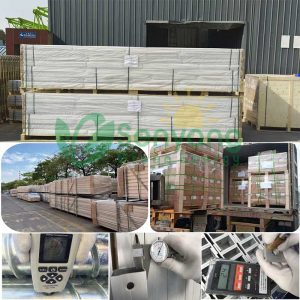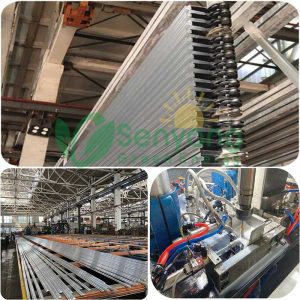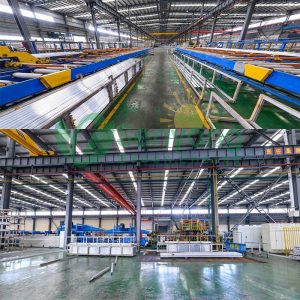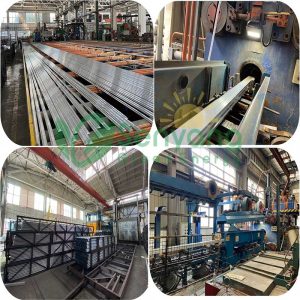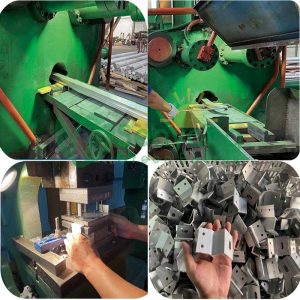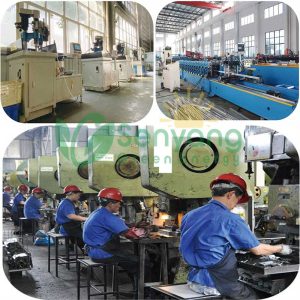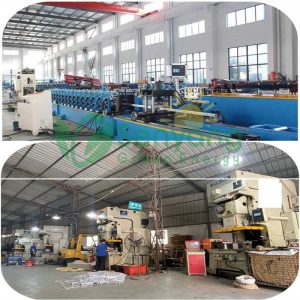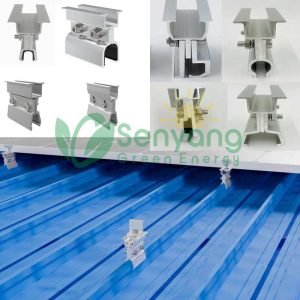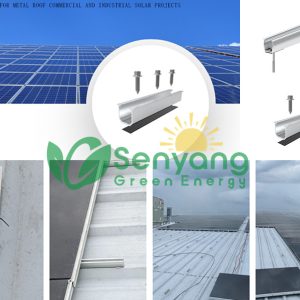Rail less Adjustable Solar Ballast Mounting secures solar panels to a flat roof using weights (ballast blocks, concrete pavers, or steel weights) instead of roof penetrations. The system relies on gravity and friction to keep the array in place while resisting wind uplift. Ballast mounted solar systems are a popular choice for flat rooftops because they avoid roof penetrations, reducing the risk of leaks and simplifying installation.
our Rail less Adjustable Solar Ballast Mounting applies to the roof where the hole cannot be opened. The concrete block is placed throughout the system to fix the frame to the roof, resisting wind force, and preventing movement. Moreover, the corrosion resistance and the machinability excellent in the product using ZAM steel of the high corrosion resistance hot zinc aluminum aluminum alloy alloy plated steel sheet.
Components of a Rail less Adjustable Solar Ballast Mounting
- Rails/Frames: our rail free ballast structure that hold the solar panels.
- Ballast Weights: Concrete blocks, pavers, or steel plates that provide stability.
- Tilt Kits (Optional): Adjustable brackets to angle panels for better sun exposure.
- Rubber or EPDM Pads: Protect the roof membrane from abrasion.
- Wind Deflectors (if needed): Reduce wind uplift forces.
Features of Rail less Adjustable Solar Ballast Mounting
✅ No Roof Penetrations – Minimizes leaks and warranty concerns.
✅ Faster Installation – No drilling or sealing required.
✅ Modular & Adjustable – Easy to relocate or expand the system.
✅ Roof Protection – Ballast can shield the roof from UV and weather damage.
✅ Adjustable – our structure with longer hole and flexible parts so that can be can be adjusted when installation
✅ More economical– the system no need additional rails to save material and only 3 parts: mid clamp, end clamp, ballast structure, About 20% lower than aluminum frame
✅ Universal-adapting to each type of panel
Rail less Adjustable Solar Ballast Mounting is a non-invasive, cost-effective solution for flat rooftops with adequate load capacity. Proper engineering, wind calculations, and roof protection are essential for a secure and long-lasting installation.
Would you like help calculating ballast requirements for a specific project? Let me know your roof dimensions and location!






